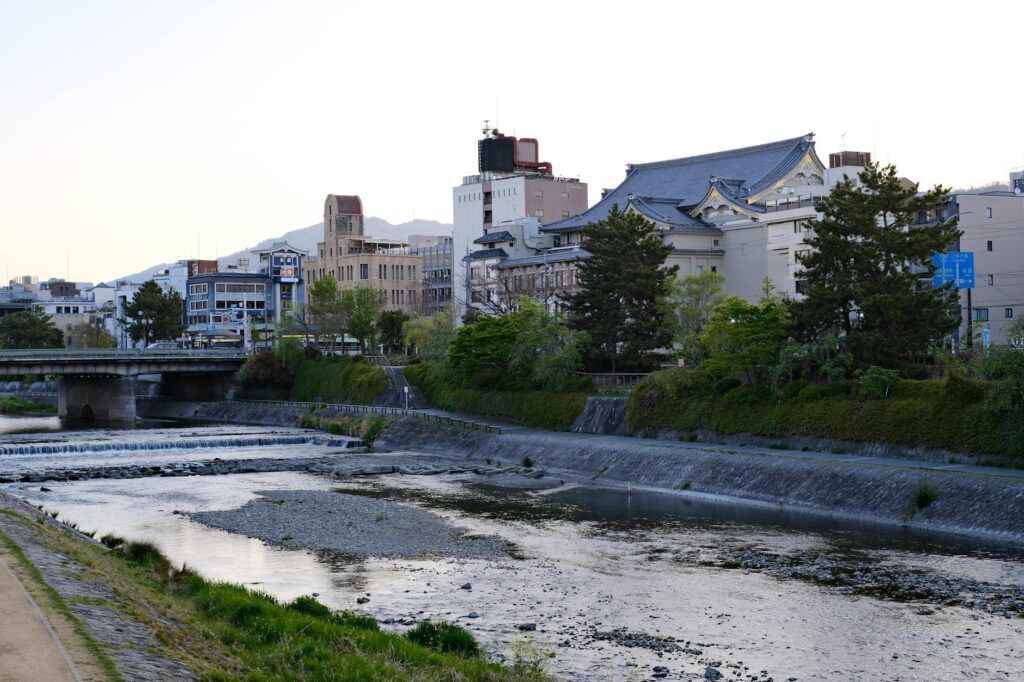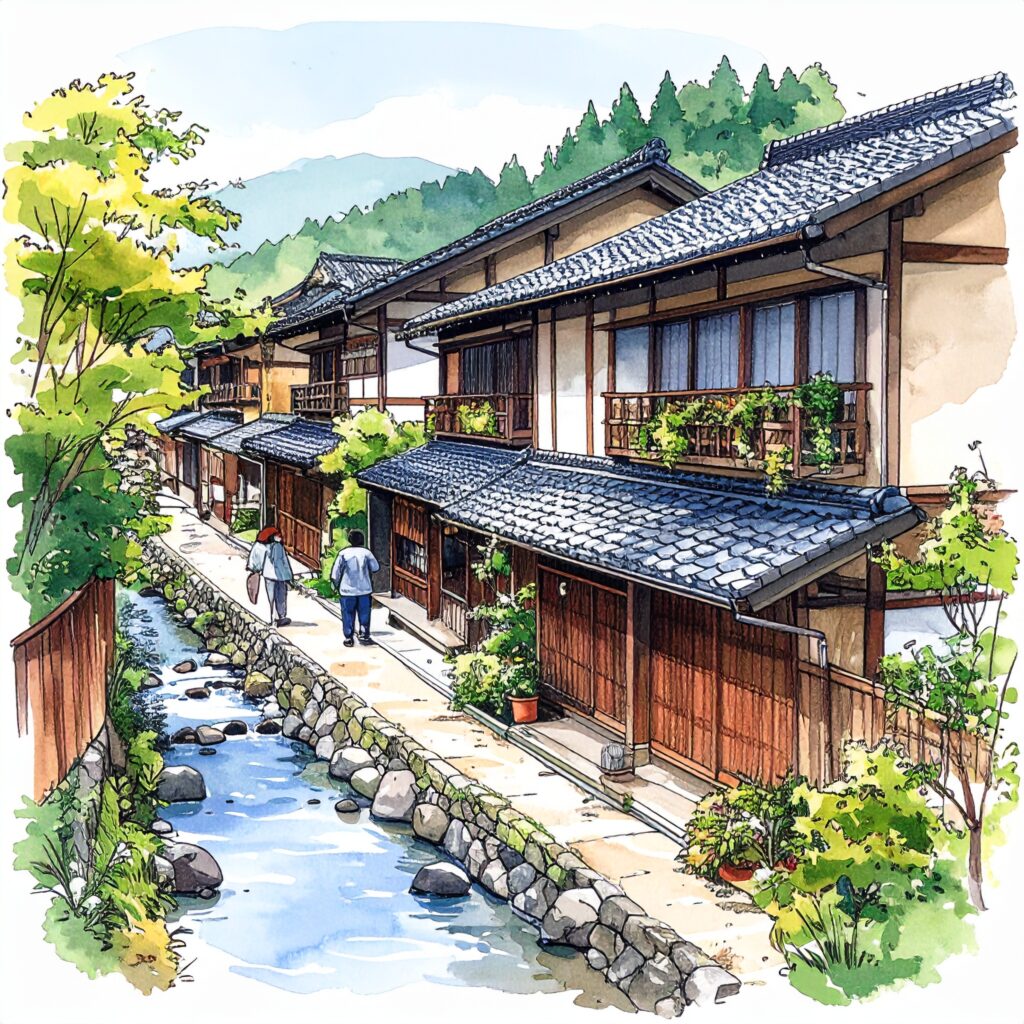Kyoto — a city that continues to captivate the world, even after centuries of history.
Among its architectural treasures, the traditional wooden townhouses known as machiya have garnered the attention of affluent buyers worldwide—not as mere real estate, but as enduring cultural legacies to be preserved and passed on.
To live in, to lease, to preserve, to showcase—A machiya is not only an investment in preserving the past—it is a commitment to carrying cultural heritage into the future.
This article explores the unique appeal of Kyoto’s machiya—where tradition and innovation coexist—and examines their growing potential as a global investment.
■ Defining the Machiya — Where Aesthetic Grace Meets Everyday Function
As a refined form of urban architecture, machiya is a traditional wooden townhouse that developed in Kyoto from the Edo through Meiji periods.
In a machiya, one finds architecture that holds value beyond its time—an enduring expression of quiet intelligence and cultural legacy.
- A signature “eel-bed” layout: narrow frontage and deep interior spaces
- Distinctive elements such as earthen floors, inner courtyards, lattice windows, and insect cage windows
- Design features that optimize ventilation, natural light, and fire resistance
- The Aesthetic of Stillness and Spatial Restraint—often incorporating tea rooms and gardens
Far from being outdated, these resonate with today’s ideals of minimalism and sustainable design.
A machiya is architecture distilled—an enduring vessel of value that transcends time.

■ What Makes Kyoto’s Machiya So Compelling to International Affluent Buyers
A Kyoto machiya is not merely a traditional Japanese home.
It is a singular cultural artifact—a living art piece where heritage and daily life quietly converge. These timeless structures are highly regarded by discerning global buyers for several reasons:
In particular, art collectors, architectural connoisseurs, and culturally attuned high-net-worth individuals from Europe and North America recognize the value of owning something truly singular: a one-of-a-kind machiya, rich in history and irreplaceable by design.
- The opportunity to own an authentic piece of Japanese culture
- Their versatility—as private residences, tea rooms, boutique accommodations, or art galleries
- The compelling narrative of inhabiting a structure that has stood for over a century
- Kyoto is more than a city; it is a cultural landmark with lasting international prestige.
In particular, art collectors, architectural connoisseurs, and culturally attuned high-net-worth individuals from Europe and North America recognize the value of owning something truly singular: a one-of-a-kind machiya, rich in history and irreplaceable by design.
■ Reviving Tradition Through Renovation
The true appeal of investing in a machiya lies in its potential to transform historical age into value.
- Contemporary standards of comfort such as seismic reinforcements and thermal insulation
- Thoughtfully reimagined modern interiors created in collaboration with architects
- A refined harmony of tradition and technology—integrating natural materials like plaster, cypress, and washi paper with smart home systems
- Daptive reuse opportunities, such as boutique accommodations in designated tourism zones
Such renovations are not mere restorations—they are recognized as investments in cultural revitalization. A growing number of these projects involve close partnerships with local government bodies and master craftsmen.
■ The Investment Strength of the Machiya
A machiya is not only culturally exquisite—it is also a financially sound asset.
- With Kyoto’s sustained global appeal, property values remain stable over the mid to long term
- These homes can be operated as high-yield accommodations or retail spaces, including licensed inns
- Luxury villa-style rentals for affluent international guests have demonstrated annual revenues in the millions of yen
- Unlike conventional real estate, machiya do not depreciate with age—in fact, properties over 100 years old are often more highly prized
In short, a machiya is not a depreciating asset—it is a rare form of real estate that matures with time.

■ A Living Cultural Asset for the Next Generation
To acquire and hold a machiya is not merely a financial investment—it is an act of cultural legacy, passing on one’s values and way of life to the next generation.
- A legacy that can be gifted to one’s children as an asset imbued with cultural identity
- A refined venue for hosting international clients and cultivating high-level business relationships
- A potential salon—a place of cultural exchange between Japan and the world
A machiya speaks without words. It conveys a quiet, elevated sense of aesthetic discernment simply by standing still.
The values of its owner are embodied in the architecture—quietly connecting people through space.
■ Summary — A Machiya Is Real Estate That Speaks Softly Across Generations
It is neither land nor structure alone.
A machiya is a cultural asset—one that carries stories and entrusts tradition to the next generation.
To inhabit, to appreciate, to safeguard, and to evolve—each action becomes part of a living return, achieving the highest form of real estate.
The next asset you acquire may not be measured in square meters or numbers—but in a space shaped by time and layered with culture.




